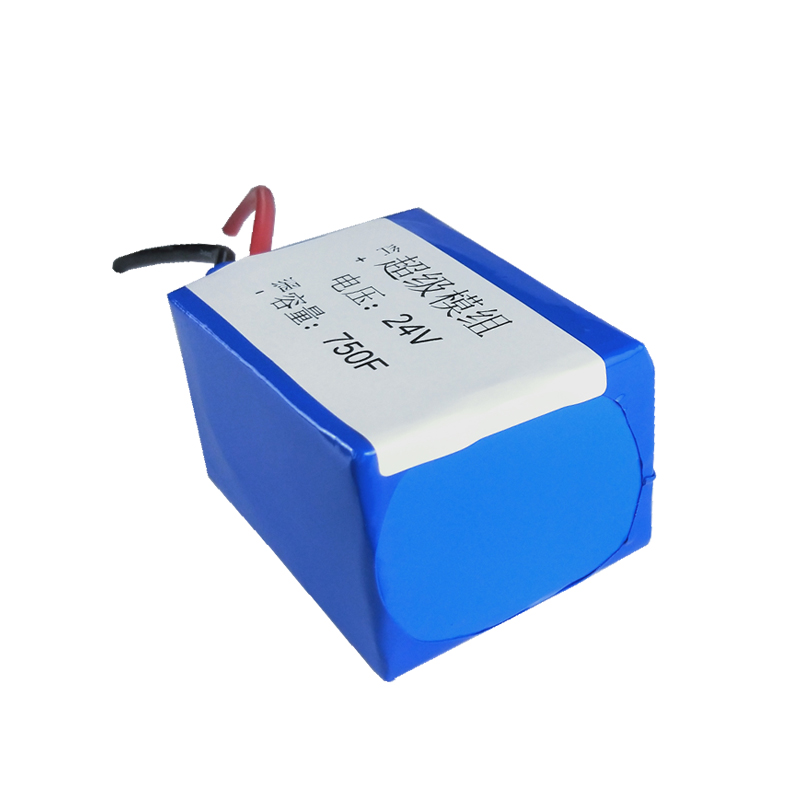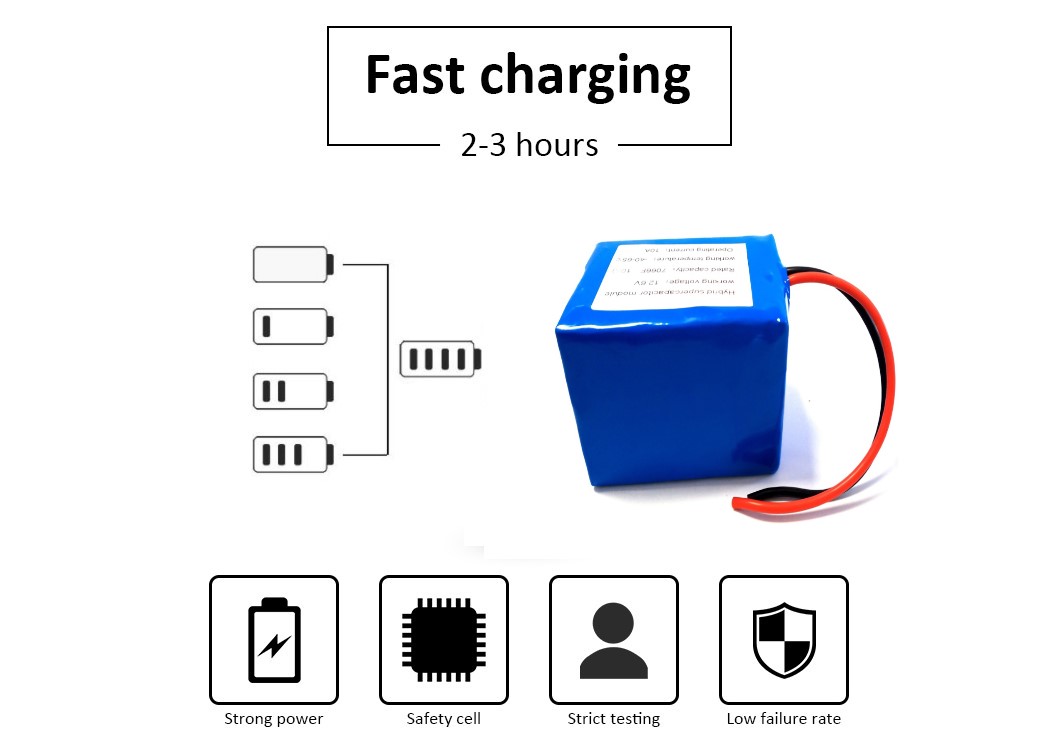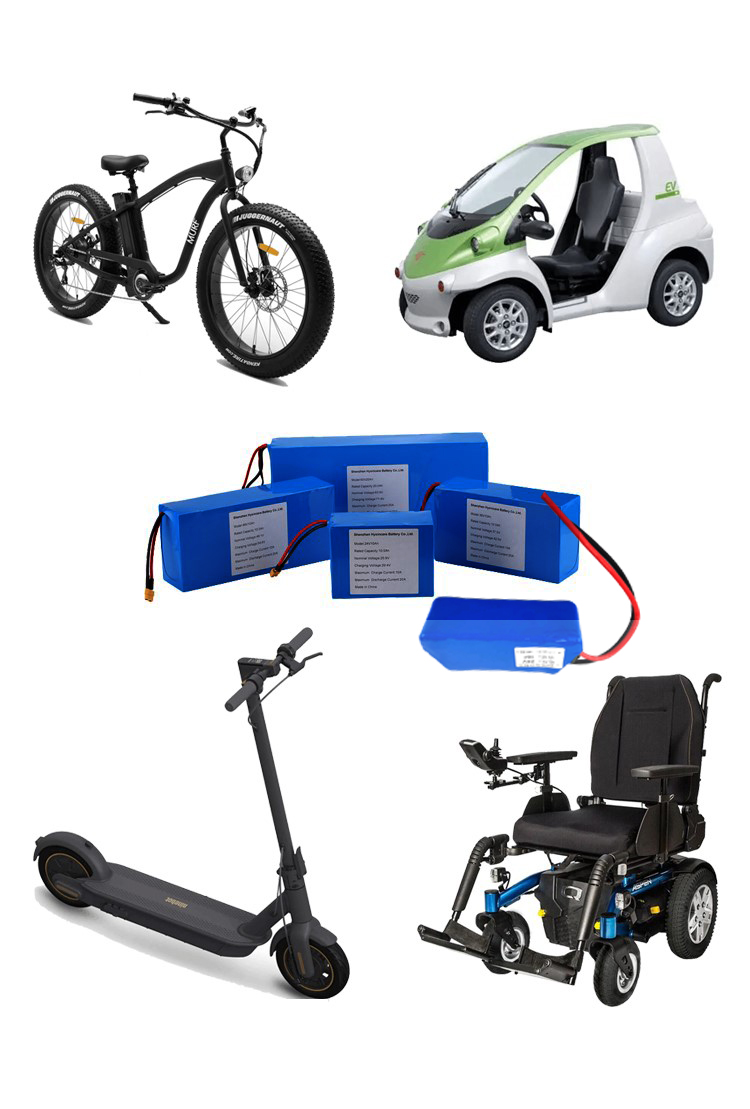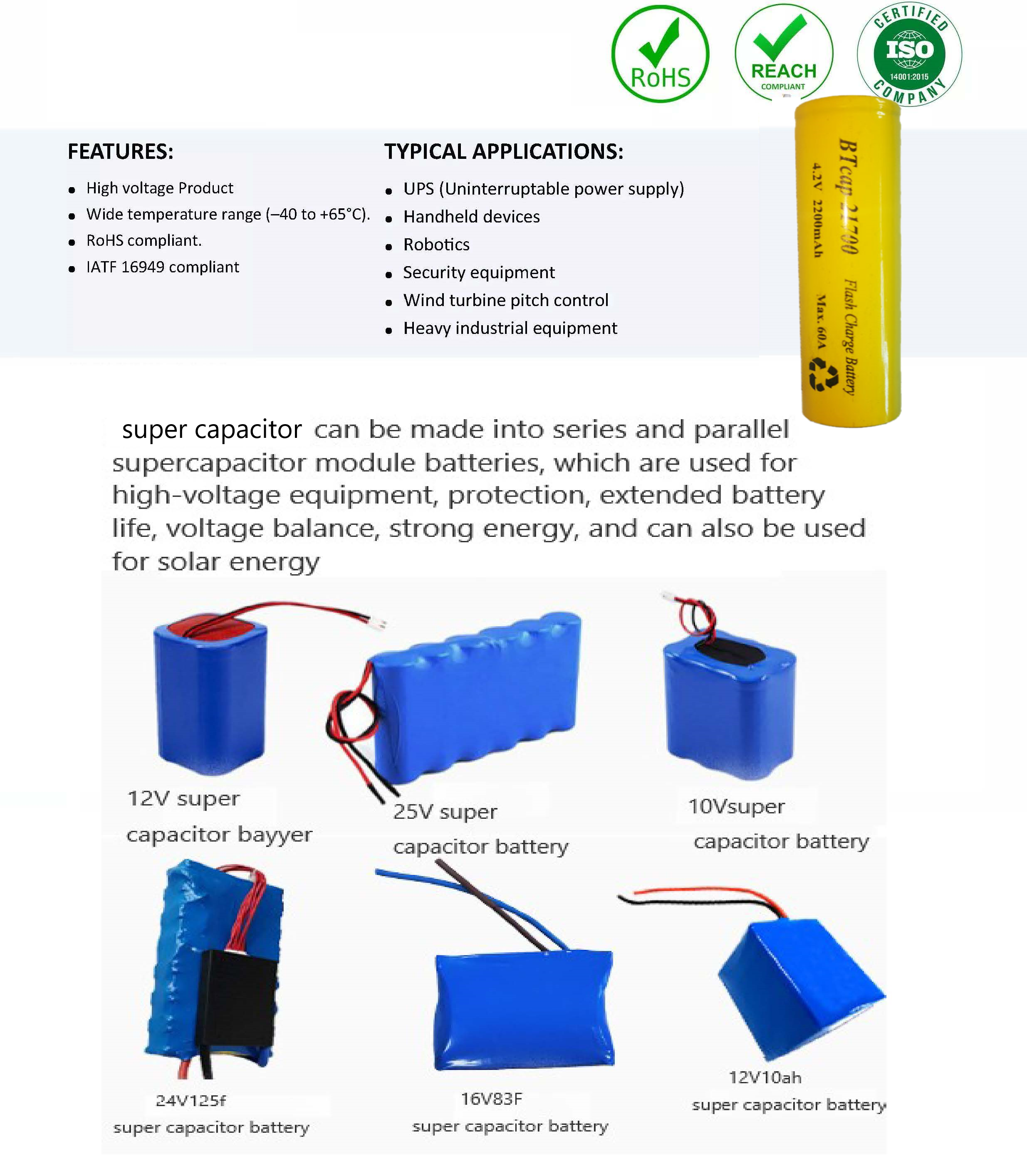Consulting phone:
135-3037-2041
(Mr.Wang)
Product introduction:
The supercapacitor module is a new type of energy package composed of multiple supercapacitors in series, with voltage balance and stable discharge system and aluminum alloy housing. The birth of supercapacitor module makes up for the defects of lead-acid battery and other energy storage devices. The working temperature range of the supercapacitor module is between - 40 ℃ and 65 ℃, which solves the problem of greatly reducing the efficiency of lead-acid batteries in cold outdoor conditions. In addition, the supercapacitor module not only has all the characteristics of supercapacitors, but also has the status monitoring function, which can better achieve maintenance-free and easy maintenance.
Product specification:
Rated voltage | 24V-29V |
Surge voltage | 25.5V |
Product life | Normal temperature cycle life: use constant current to make capacitor under 25 ℃ Cyclically charge and discharge 1 million times between specification voltage and half of rated voltage, capacity attenuation ≤ 30%, internal resistance change ≤ 2 times |
High temperature durability: apply rated voltage for 1000 hours at+65 ℃. Capacity attenuation ≤ 30%, Internal resistance change ≤ 2 times | |
Storage temperature | - 40℃ - 65℃, |
capacity | 750F-1000F |
tolerant | -10%+30% |
working temperature | - 40℃~+65℃ |
Internal resistance alternating current | 30 Change according to customized value |
Leakage current mA (72hrs) | 15 Change according to customized value |
Energy density (WH) | 74 Change according to customized value |
Dimensions | 10*5*7cm |
weight | 0.60 kg |
Product display:


The specific value will vary according to the actual product
The supercapacitor module has the following advantages:
1. High capacitance: The capacity of the supercapacitor can reach 1000 farad, thousands of times higher than the tantalum electrolytic capacitor and aluminum electrolytic capacitor of the same volume.
2. The supercapacitor module has a long service life (charging times: 100000 times); The lead-acid battery has a short service life (500 times of charging), is easy to be damaged and difficult to manage. It is 20-200 times as long as the lead-acid battery and can be used as equipment of the same fate.
3. Short charging time: The charging current of the supercapacitor is large, and it can be quickly charged in a few seconds to a few minutes. Even if the battery is fast charged, it will take dozens of minutes. Frequent fast charging will also affect the battery life.
4. The charging and discharging efficiency of supercapacitor module is high (98%); The charge and discharge efficiency of lead-acid battery is low (70%);
5. High power density of supercapacitor module (10.000W/kg); The power density of lead-acid battery is low (300W/kg), with a difference of more than 30 times.
6. The supercapacitor module is completely maintenance-free and has a working temperature range of - 40~50; The range of lead-acid electric vehicles at - 40 ℃ has been reduced by 90%, and the range of supercapacitors has been reduced by only 10%.
7. The energy recovery of the supercapacitor module in the electric bus is as high as 75% for emergency braking; The energy recovery rate of lead-acid battery is only 5%, which is very important for buses and can save a lot of fuel.
8. The relative cost of supercapacitor module is low. The cost of supercapacitors is twice that of lead-acid batteries, and the price will drop after mass production; But the service life of supercapacitors is 10 times that of lead-acid batteries, which is very important for the industrialization of buses.
9. Reliable operation, maintenance-free and environmental protection: the supercapacitor has a certain anti-overcharge capacity, which will not have a great impact on its work in a short time, ensuring the reliability of system operation.
Product area:
Fast charging application, charging in seconds and discharging in minutes. For example, electric tools and electric toys; In the UPS system, the super capacitor provides instantaneous power output as a supplement to the standby power supply of the engine or other uninterruptible systems; Suitable for energy with sufficient energy and insufficient power, such as solar energy; Power support when the bus switches from one power supply to another; Small current, continuous discharge for a long time, such as backup power supply for computer memory. Widely used in energy storage systems, hybrid electric vehicles, rail transit, heavy machinery, wind power pitching, etc

The following modules can be made:
